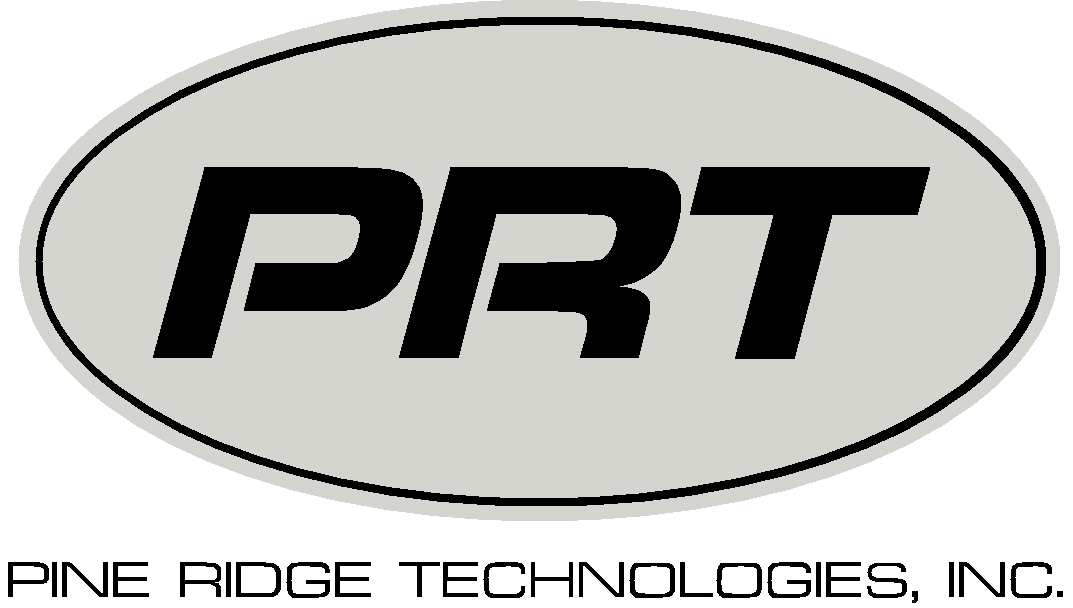“It’s amazing what you can accomplish if you do not care who gets the credit.”
— Harry S. Truman
THE ART OF LEADERSHIP
Creditless Goals Win
Truman’s Rule: Achievements Grow When Ego Steps Aside
Down on the farm in Missouri, I learned that rows get plowed faster when nobody argues about who pushed the mule. Washington taught the same lesson with bigger stakes. If a leader wants to reap the harvest, they must forget the applause and spread credit like rain. Then every worker digs in.
People will cross frozen streets at dawn to fight for a cause they feel is theirs. They will barely shuffle for a headline that flatters someone else. My presidency survived steel strikes and foreign showdowns because the truth of ownership lived on factory floors, not inside press conferences.
So when you step into the shop today, keep your name off the marquee. Ask a machinist what tool she needs, pass the credit when production jumps, and watch the morale charts rise higher than any bonus could buy. Remember, history prints plenty of heroes but rewards the ones who let the nation sign the victory banner for all to remember proudly.
Offer unseen support, give credit to others publicly, and watch collective ambition ignite powerfully.
Looking for unbiased, fact-based news? Join 1440 today.
Join over 4 million Americans who start their day with 1440 – your daily digest for unbiased, fact-centric news. From politics to sports, we cover it all by analyzing over 100 sources. Our concise, 5-minute read lands in your inbox each morning at no cost. Experience news without the noise; let 1440 help you make up your own mind. Sign up now and invite your friends and family to be part of the informed.
COMMERCIAL CONSTRUCTION
Mushroom Megafarm Burrows Beneath Philly
Robotic subterranean fungal campus breaks ground, pioneering carbon‑neutral urban agriculture.
Backhoes disappeared behind hoarding Monday as MycoWorks and Turner Construction tunneled twelve feet below Philadelphia’s Navy Yard to start building SporeWorks One, a 320,000‑square‑foot automated mushroom campus replacing aging surface grow houses.
The subterranean facility will feature climate-controlled chambers stacked around a robotic picking spine, utilizing geothermal gradients and recovered heat to reduce HVAC energy consumption by 35%. Biochar, shotcrete, and cross-laminated timber mezzanines trim embodied carbon, while pavement lenses channel daylight down lightwells to stimulate mycelium primordia without the need for lamps.
Turner expects 250 union trades on site at peak, many retrained from shuttered oil‑service yards, and pledges 20 percent apprenticeship hours for residents. When SporeWorks One opens in late 2027, it will ship forty million pounds of gourmet and pharmaceutical‑grade fungi annually, employ 180 technicians, and divert 50,000 tons of regional sawdust from landfills into sterile substrate. City economists forecast a $75 million impact and say the project demonstrates that heavy industry can be relocated underground, thereby freeing surface parcels for housing, parks, and tidal-flood buffers.
INFRASTRUCTURE INDUSTRY
Texas Unveils America’s Tallest Bridge
Corpus Christi Harbor Span Opens, Transforming Gulf Port Trade Competitiveness
Pile drivers struck the final deck joint Wednesday on Corpus Christi’s Harbor Bridge, clearing the path for Saturday’s public walk‑across and traffic switchover. Rising 538 feet and carrying six lanes plus a protected path, the concrete‑segmental cable‑stayed span replaces the 1959 skyline icon, whose limited 138‑foot clearance choked Port of Corpus Christi’s competitiveness.
Contractor Flatiron Dragados wrangled years of setbacks, FIGG’s dismissal after the FIU collapse, design rewrites, pandemic supply snarls, yet crews still installed thousands of 2,652 stay cables, stitched 530 precast segments, and poured 200,000 cubic yards of low‑carbon concrete. This week, welders sealed wind‑fairing plates while electricians tested programmable LED ribs slated for nightly Gulf‑blue pulses.
TxDOT will convert the old bridge into a controlled demolition by early 2027, following a farewell drone show. Officials expect the new 205‑foot navigation clearance to attract Post‑Panamax tankers, saving shippers sixteen hours of tidal timing and boosting regional GDP $800 million annually. Locals predict sunset crowd selfies will spike the tourism economy.
RESIDENTIAL RESEARCH
Hydrogen Steel Studs Stun Builders
Colorado Approves First Hydrogen‑Made Steel Framing, Lowering Home Carbon Footprints
Colorado building officials on Tuesday approved the use of hydrogen‑reduced “green” steel studs as a prescriptive alternative to traditional cold‑formed framing, instantly allowing Front Range builders to substitute the low‑carbon product in any one‑ or two‑family dwelling without special engineering submittals. The rule takes effect June 30 after a unanimous code‑council vote.
Local manufacturer Summit Furnace Metals told reporters that its Pueblo mill will deliver the first 400-ton batch next week, produced using green hydrogen from a nearby geothermal-powered electrolysis plant. Early tensile tests exceeded ASTM C955 minimums by eight percent, while magnetic particle scans revealed zero laminations despite the novel reduction process.
Denver tract builder HighPlains Homes estimates that the studs add $97 to a typical 2,000-square-foot house, yet cut cradle-to-gate emissions by 72 percent, qualifying buyers for a new $5,000 state clean-materials rebate announced on Friday. Insurance carrier Liberty Mutual indicated potential premium credits, citing improved corrosion resistance. Architects anticipate marketing the visible studs through garage windows and builder social media tours projected.
TOOLBOX TALK
The Importance of Preventing Heat Stress Indoors
Introduction
Good morning, Team! Today’s toolbox talk addresses preventing heat stress indoors. Indoor construction sites, especially those in enclosed or poorly ventilated areas, can quickly become overheated, posing serious health risks.
Why It Matters
Heat stress indoors can lead to dehydration, heat exhaustion, or heat stroke—potentially life-threatening conditions.
Strategies for Preventing Heat Stress Indoors
Adequate Ventilation:
Utilize fans, vents, or cooling systems to regulate airflow and minimize indoor heat accumulation.
Monitor Temperatures:
Regularly check indoor temperatures and humidity levels, adjusting work plans as needed.
Hydrate Regularly:
Drink water frequently throughout the day, even when you don’t feel thirsty.
Schedule Breaks:
Take regular rest periods in cooler areas to help manage body temperature.
Recognize Symptoms:
Immediately report dizziness, headaches, or nausea as potential signs of heat stress.
Discussion Questions
Have you experienced symptoms of heat-related illness while indoors?
How can we improve indoor heat management?
Conclusion
Preventing indoor heat stress is essential for maintaining health and safety. Stay calm, hydrated, and alert.
Keep cool indoors, stay safe!







